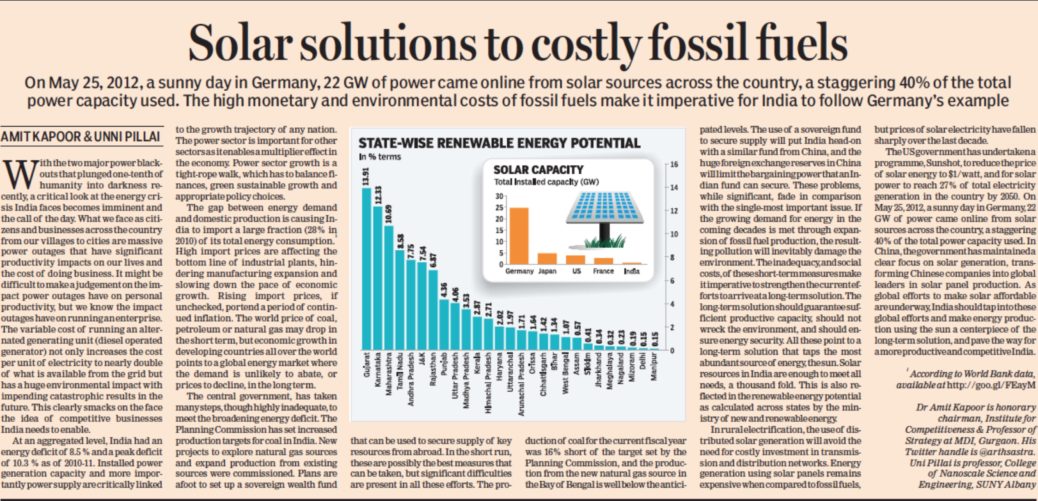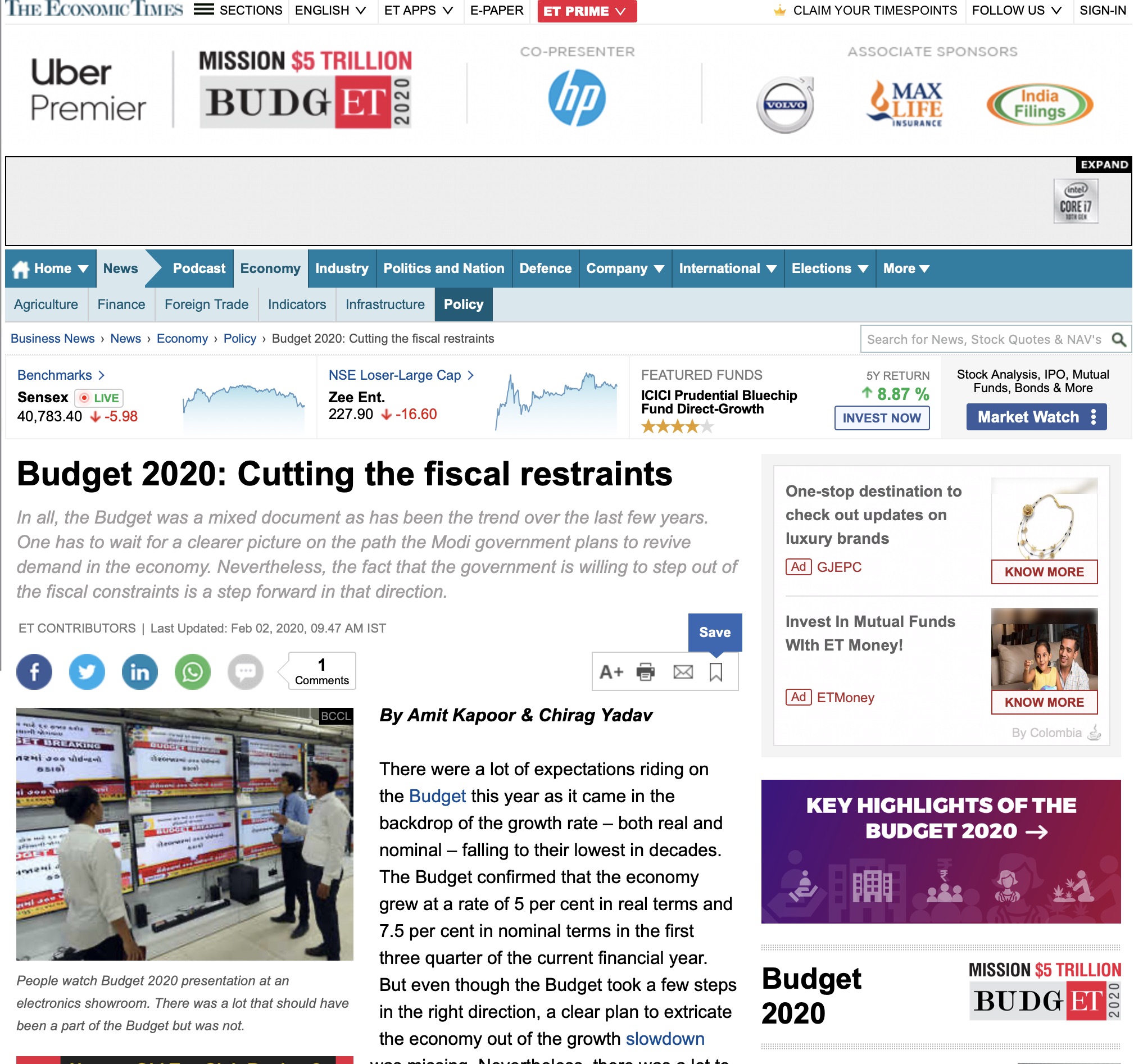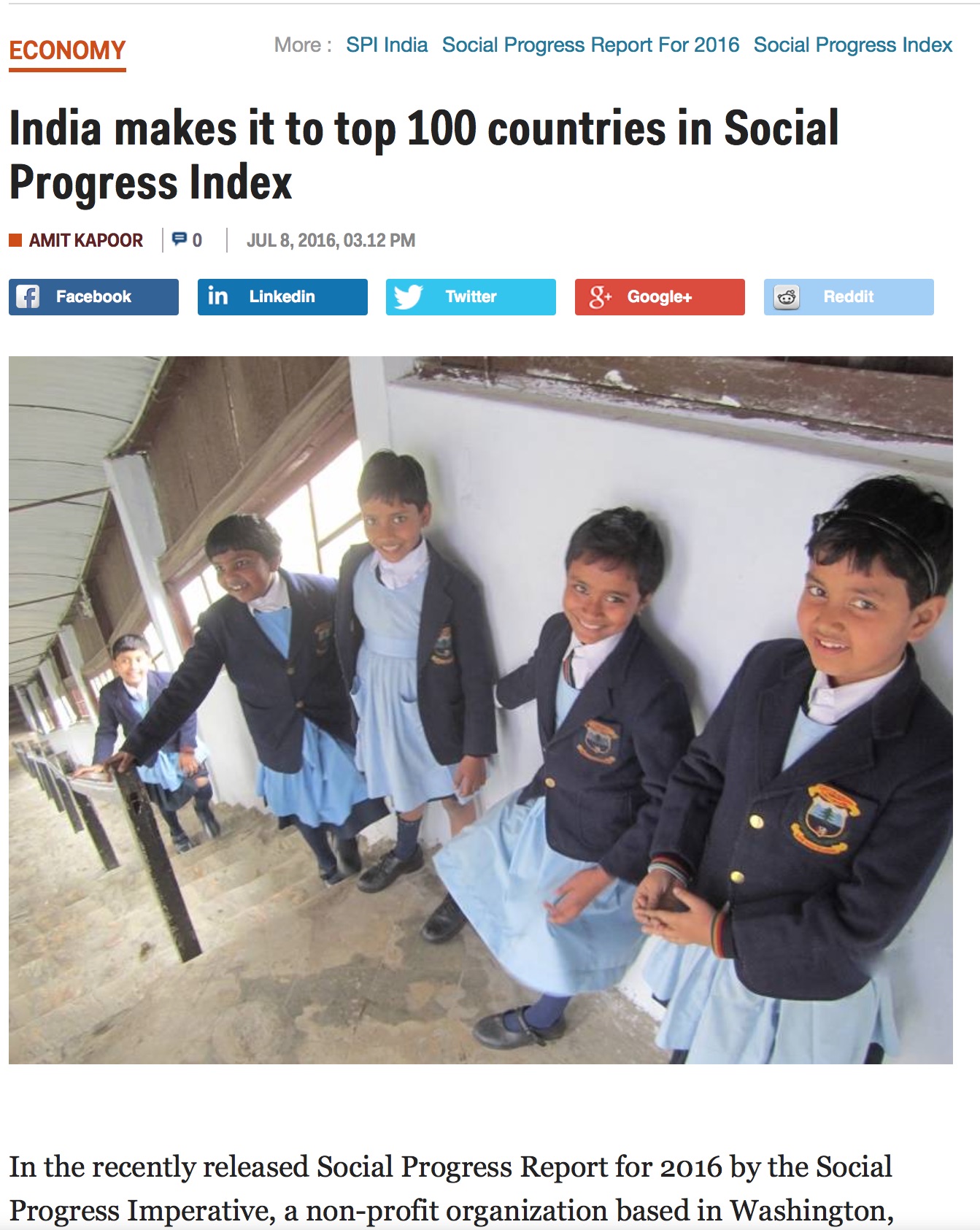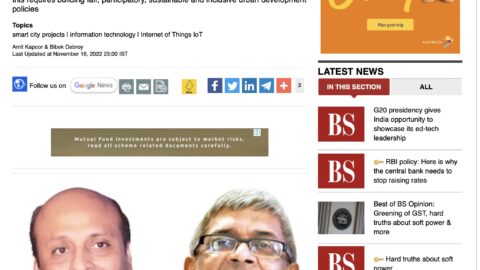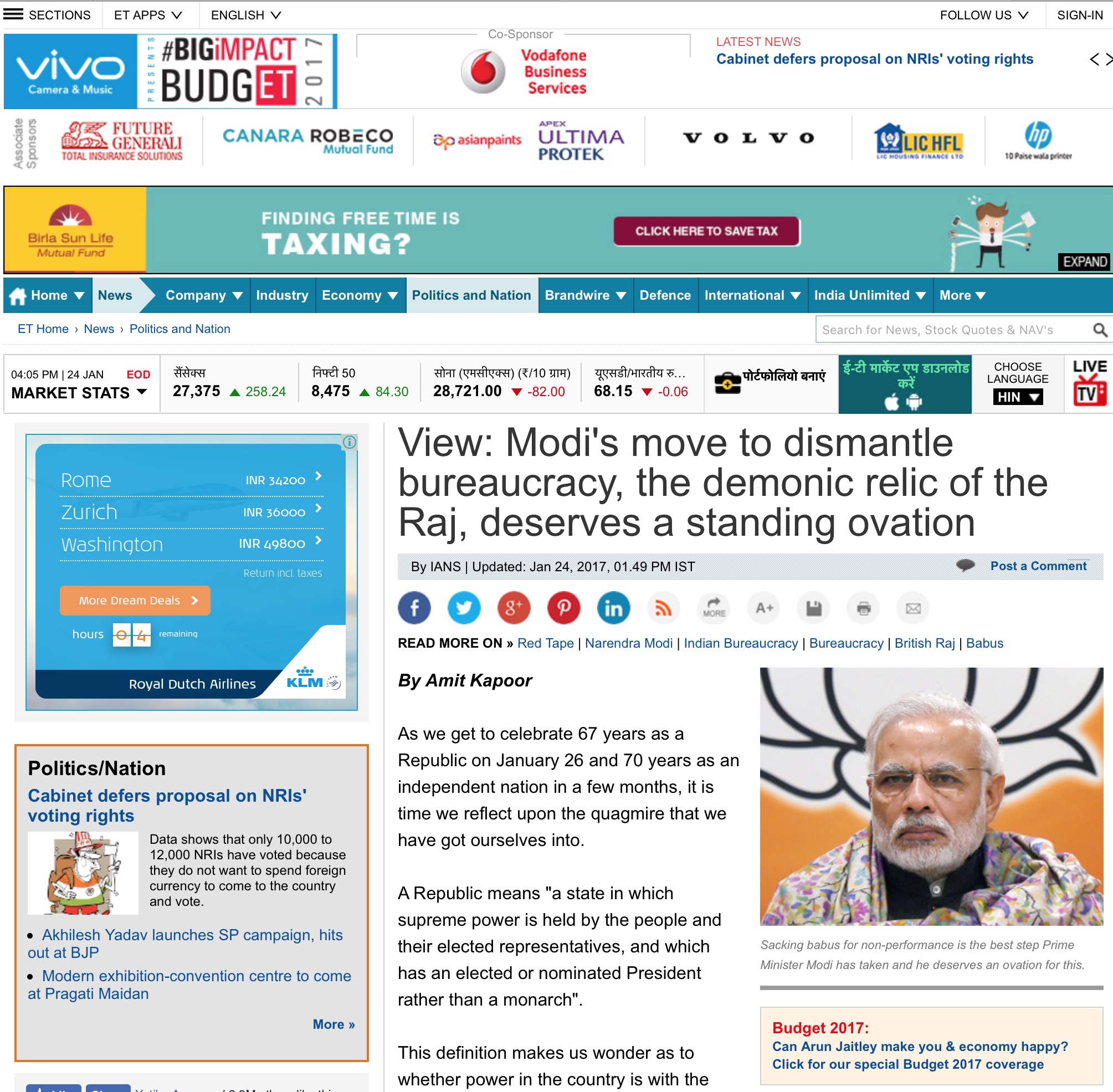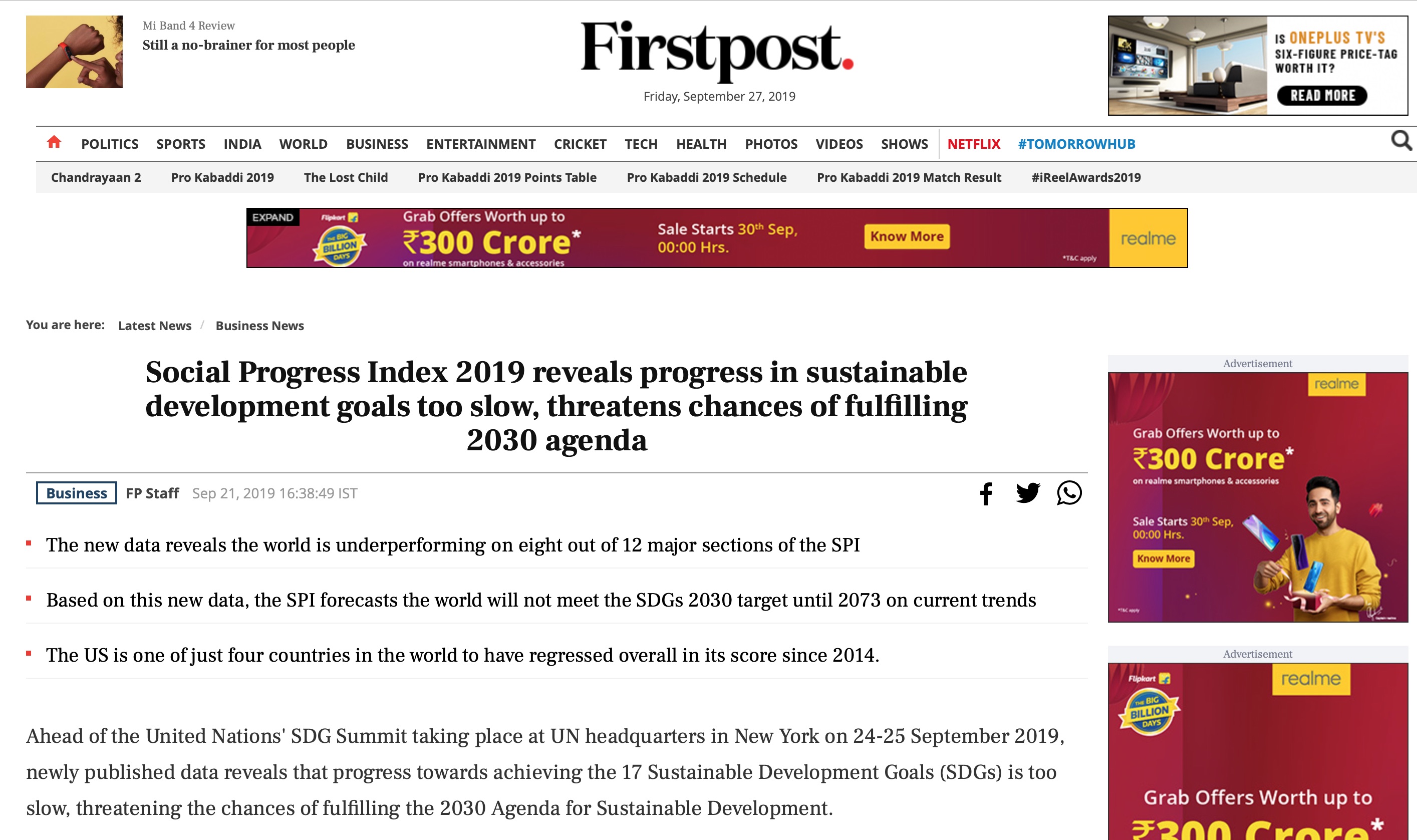On May 25, 2012, a sunny day in Germany, 22 GW of power came online from solar sources across the country, a staggering 40% of the total power capacity used. The high monetary and environmental costs of fossil fuels make it imperative for India to follow Germanys example
With the two major power blackouts that plunged one-tenth of humanity into darkness recently, a critical look at the energy crisis India faces becomes imminent and the call of the day. What we face as citizens and businesses across the country from our villages to cities are massive power outages that have significant productivity impacts on our lives and the cost of doing business. It might be difficult to make a judgement on the impact power outages have on personal productivity, but we know the impact outages have on running an enterprise. The variable cost of running an alternated generating unit (diesel operated generator) not only increases the cost per unit of electricity to nearly double of what is available from the grid but has a huge environmental impact with impending catastrophic results in the future. This clearly smacks on the face the idea of competitive businesses India needs to enable.
At an aggregated level, India had an energy deficit of 8.5 % and a peak deficit of 10.3 % as of 2010-11. Installed power generation capacity and more importantly power supply are critically linked to the growth trajectory of any nation. The power sector is important for other sectors as it enables a multiplier effect in the economy. Power sector growth is a tight-rope walk, which has to balance finances, green sustainable growth and appropriate policy choices.
The gap between energy demand and domestic production is causing India to import a large fraction (28% in 2010) of its total energy consumption.1 High import prices are affecting the bottom line of industrial plants, hindering manufacturing expansion and slowing down the pace of economic growth. Rising import prices, if unchecked, portend a period of continued inflation. The world price of coal, petroleum or natural gas may drop in the short term, but economic growth in developing countries all over the world points to a global energy market where the demand is unlikely to abate, or prices to decline, in the long term.
The central government, has taken many steps, though highly inadequate, to meet the broadening energy deficit. The Planning Commission has set increased production targets for coal in India. New projects to explore natural gas sources and expand production from existing sources were commissioned. Plans are afoot to set up a sovereign wealth fund that can be used to secure supply of key resources from abroad. In the short run, these are possibly the best measures that can be taken, but significant difficulties are present in all these efforts. The production of coal for the current fiscal year was 16% short of the target set by the Planning Commission, and the production from the new natural gas source in the Bay of Bengal is well below the anticipated levels. The use of a sovereign fund to secure supply will put India head-on with a similar fund from China, and the huge foreign exchange reserves in China will limit the bargaining power that an Indian fund can secure. These problems, while significant, fade in comparison with the single-most important issue. If the growing demand for energy in the coming decades is met through expansion of fossil fuel production, the resulting pollution will inevitably damage the environment. The inadequacy, and social costs, of these short-term measures make it imperative to strengthen the current efforts to arrive at a long-term solution. The long-term solution should guarantee sufficient productive capacity, should not wreck the environment, and should ensure energy security. All these point to a long-term solution that taps the most abundant source of energy, the sun. Solar resources in India are enough to meet all needs, a thousand fold. This is also reflected in the renewable energy potential as calculated across states by the ministry of new and renewable energy.
In rural electrification, the use of distributed solar generation will avoid the need for costly investment in transmission and distribution networks. Energy generation using solar panels remains expensive when compared to fossil fuels, but prices of solar electricity have fallen sharply over the last decade.
The US government has undertaken a programme, Sunshot, to reduce the price of solar energy to $1/watt, and for solar power to reach 27% of total electricity generation in the country by 2050. On May 25, 2012, a sunny day in Germany, 22 GW of power came online from solar sources across the country, a staggering 40% of the total power capacity used. In China, the government has maintained a clear focus on solar generation, transforming Chinese companies into global leaders in solar panel production. As global efforts to make solar affordable are underway, India should tap into these global efforts and make energy production using the sun a centerpiece of the long-term solution, and pave the way for a more productive and competitive India.
1 According to World Bank data, available at http://goo.gl/FEayM
The article published with Financial Express on August 16, 2012.

